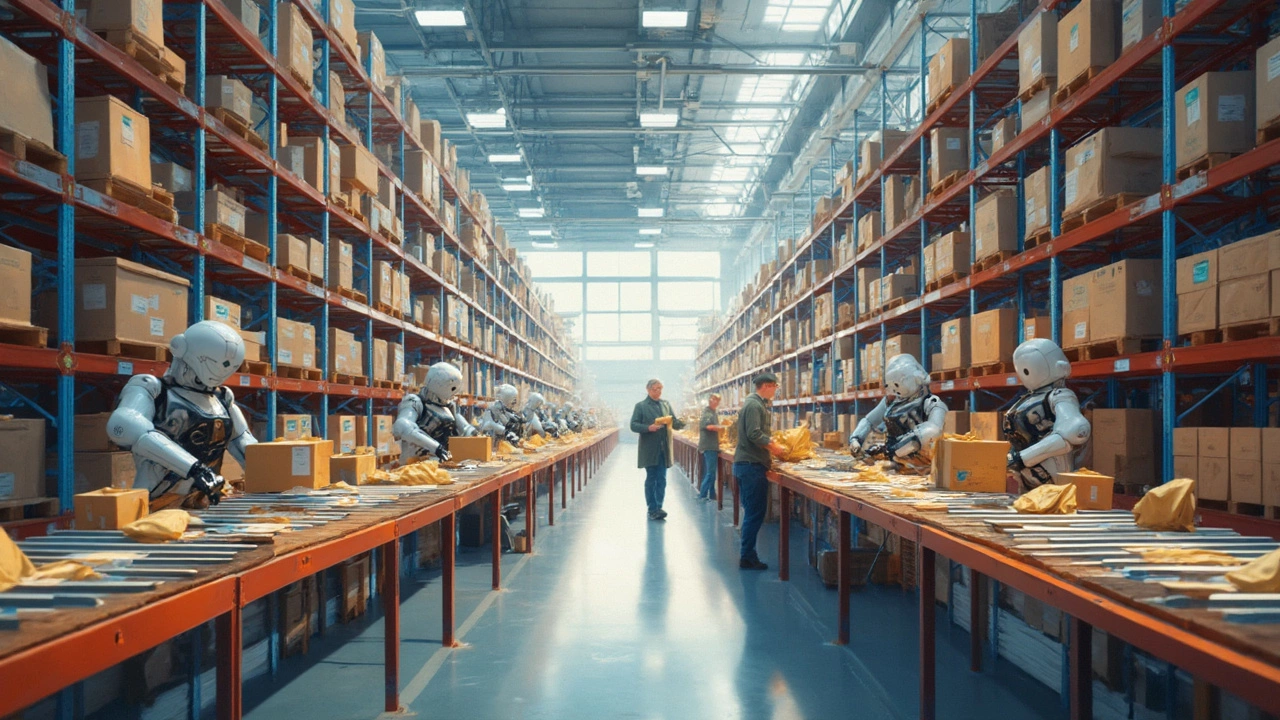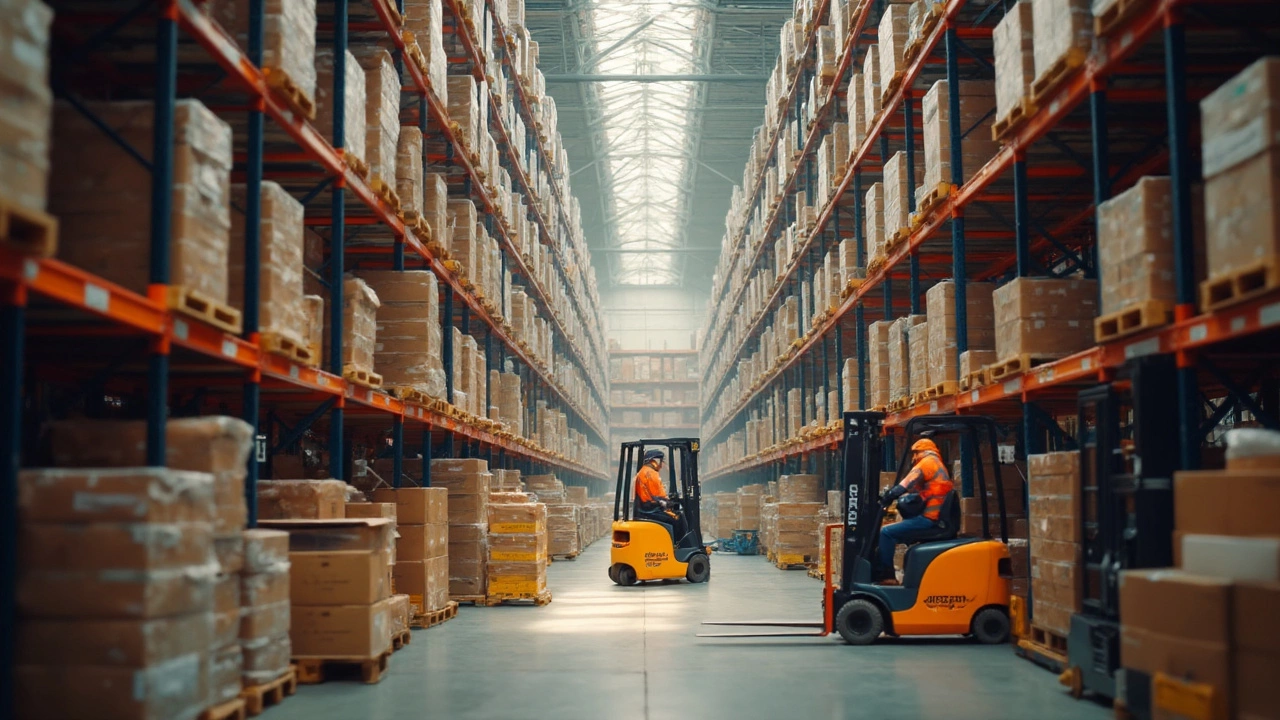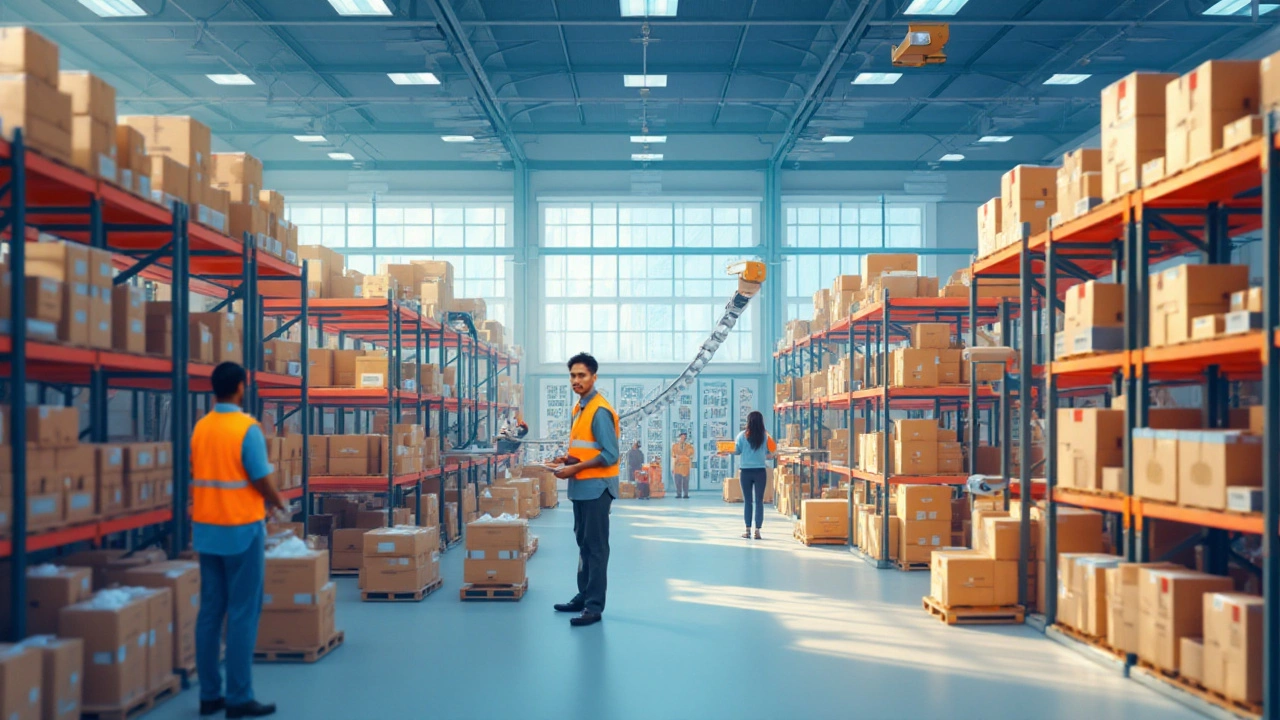Amazon Delivery and Logistics: What You Need to Know
Ever wonder how a tiny click on Amazon turns into a package on your doorstep within hours? It’s not magic – it’s a massive, well‑orchestrated logistics network that mixes cutting‑edge tech with a fleet of drivers, robots, and tiny delivery hubs. In this guide we break down the key parts of that network so you can understand why some orders arrive lightning‑fast while others take a day or two.
How Amazon Handles Last‑Mile Delivery
Last‑mile delivery is the final stretch from a local fulfillment center to your front door. Amazon uses a mix of its own delivery service (Amazon Logistics), independent contractors (Amazon Flex), and partner carriers like UPS or DPD. The system decides which route to use based on package size, delivery address, and promised delivery window. If you choose “Same‑Day” or “One‑Day” shipping, the order is routed to the nearest micro‑fulfillment hub where robots and workers pick items, pack them, and hand them to a driver ready to hit the road.
Technology drives the speed. Real‑time tracking lets drivers see the most efficient route, while AI predicts traffic and weather to avoid delays. If you’re a seller, using Amazon’s FBA (Fulfillment by Amazon) gives you access to this network automatically – your stock sits in Amazon’s warehouses and the company takes care of the last‑mile hustle.
Inside the World’s Biggest Amazon Warehouses
Amazon’s fulfillment centers are massive, often the size of a football field. The largest one, located in St. James, Illinois, covers more than 1 million sq ft and can store millions of items on towering shelves. Inside, robots zip along the floor, bringing shelves to human pickers who pull the exact items for each order. This “pick‑to‑light” system reduces walking time and speeds up packing.
Every warehouse is split into zones for different product categories – electronics, clothing, groceries – so items are stored where they’re most likely to be needed. Seasonal spikes, like holiday sales, trigger temporary hiring sprees and extra shifts, which is why you often see faster shipping during those periods.
For UK customers, the nearest hubs are in places like Tilbury, Cambridge, and Peterborough. Knowing which hub serves your area can explain why some items ship faster – they’re already sitting close to you.
If you’re a small business using Same Day Express Delivery, you can tap into these hubs by shipping your stock to a nearby Amazon fulfillment center. That way, when a customer orders, the package can ride Amazon’s fast lane straight to the door.
Bottom line: Amazon’s speed comes from a blend of massive, well‑placed warehouses, smart robotics, and a flexible delivery fleet. By understanding how the pieces fit together, you can choose the right shipping options, plan inventory, and set realistic delivery expectations for your customers.
Unpacking the Most Popular E-commerce Giant
In the vast world of online shopping, one company consistently sits at the top: Amazon. Known for its seamless logistics and vast product selection, it remains a leader in e-commerce. This article explores how Amazon dominates the market, the logistics innovations it employs, and useful insights for small businesses looking to learn from its success.
Unlocking Amazon's Pallet Delivery: What You Need to Know
Pallet delivery in Amazon is a crucial part of their logistics chain, involving the transportation of goods stacked on pallets for efficient movement and storage. This method is essential for handling bulk items, enhancing warehouse organization, and optimizing shipping processes. Understanding how it works can offer insights into efficient inventory management, cost savings, and timely deliveries. Discover some tips to take advantage of pallet delivery and make the best out of Amazon’s logistics capabilities.
Does Amazon Use SAP for Its Warehouse Management?
Amazon, known for its extensive and efficient logistics network, has a complex relationship with SAP, a leading enterprise software provider. The role of SAP in Amazon's warehouse operations sheds light on how technology influences inventory management, order processing, and logistics. By understanding whether Amazon continues to employ SAP solutions, one grasps how leading companies harness software to streamline their supply chains. This article looks into the synergy between Amazon and SAP and explores its impact on the efficiency of Amazon's warehouses.
Leading E-Commerce Giants in the USA: Who Holds the Crown?
The world of e-commerce in the United States is a competitive landscape where a few giants reign supreme. Among the leading contenders, Amazon stands tall with its vast product range and efficient delivery network. However, other formidable players are also carving out their niche. This article explores the factors that make an e-commerce giant successful and examines what lies ahead for the industry.
© 2025. All rights reserved.




